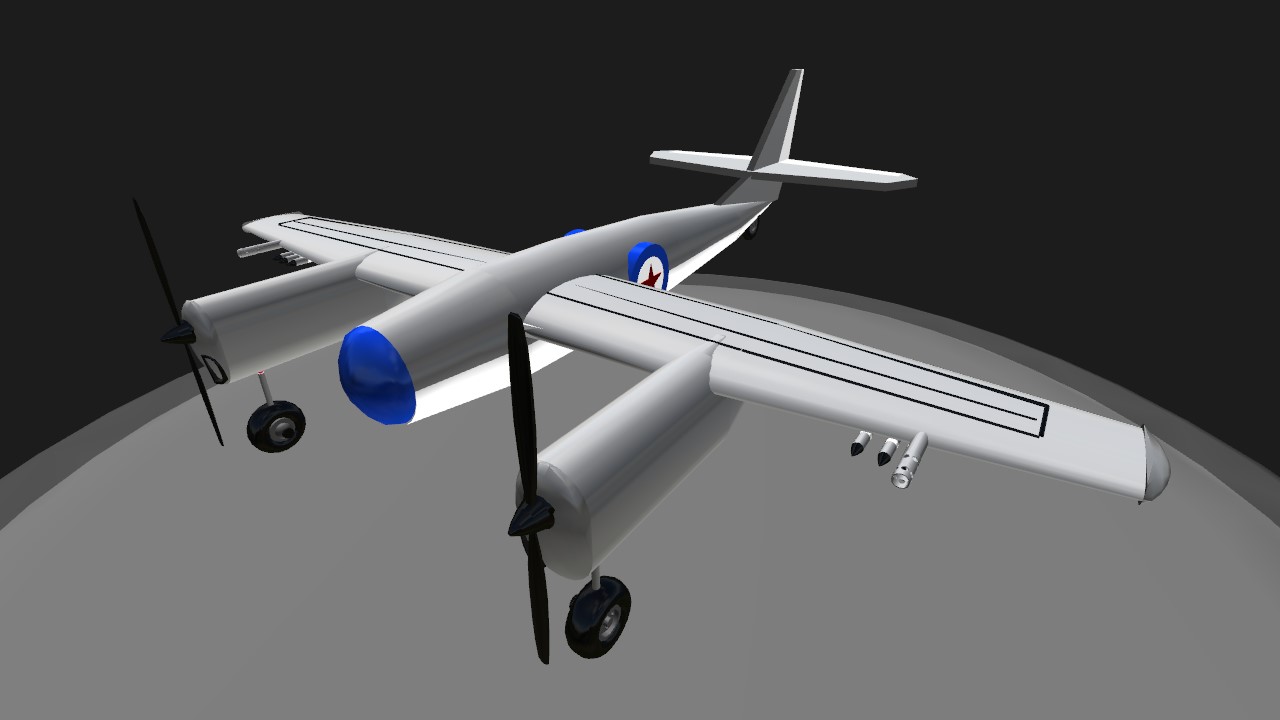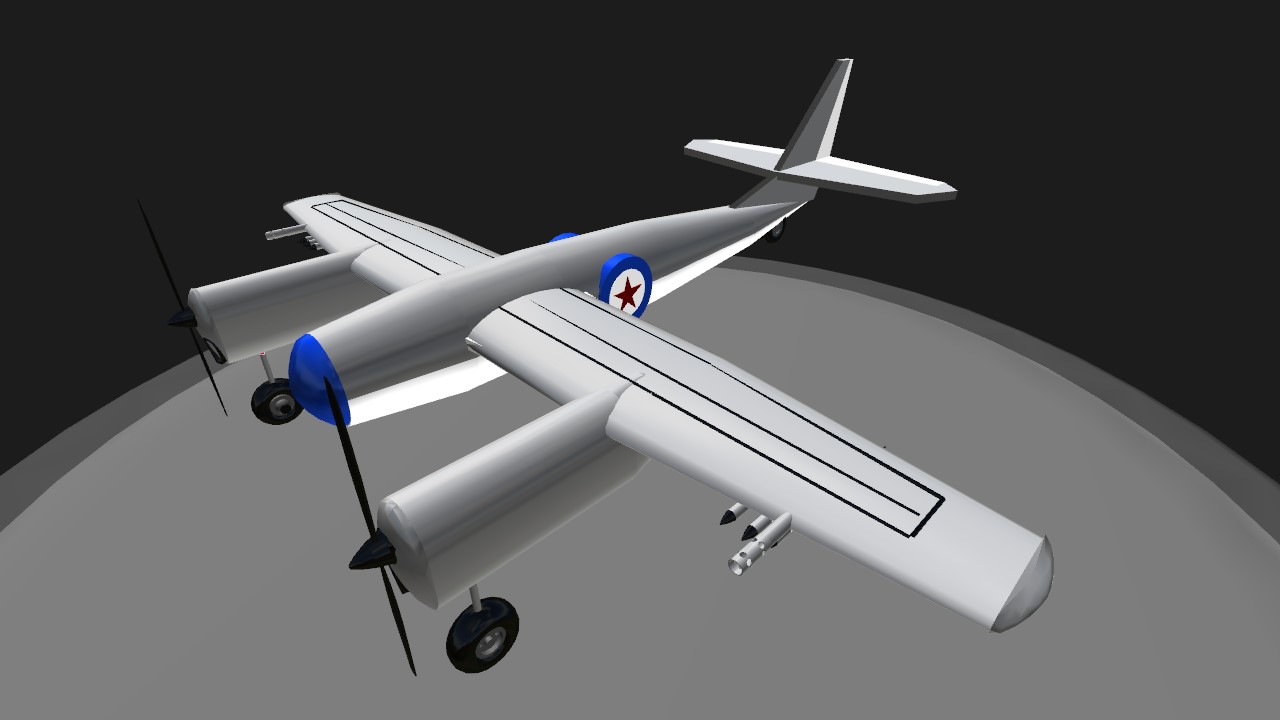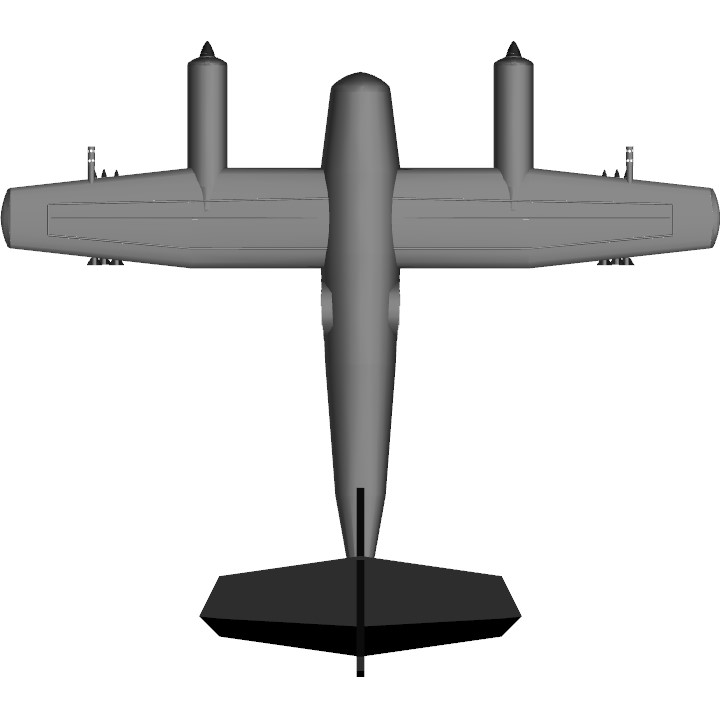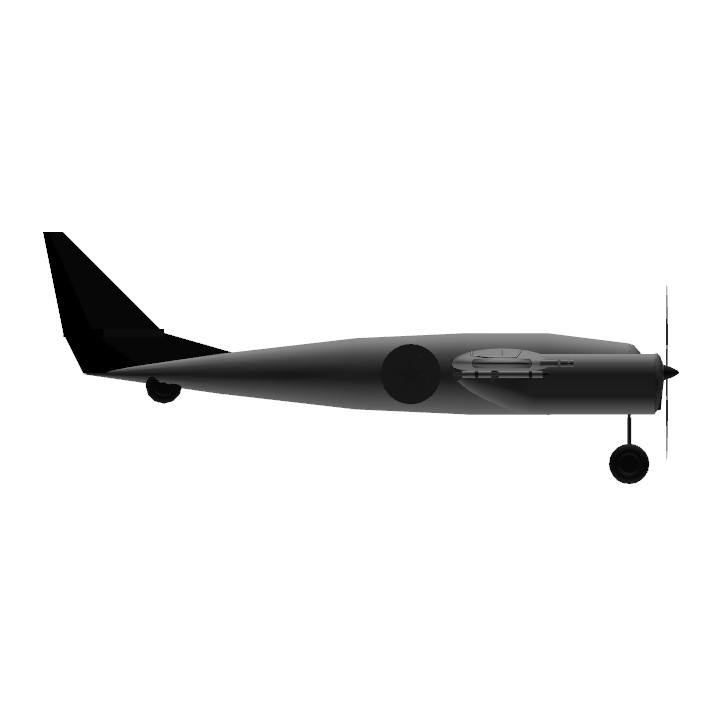During air combat or the facts of worldly goals, seeking to avoid the opponent's fire pilot is often forced to a sharp maneuver their planes being exposed to strong g-load. This was particularly the case with the dive bombers like the Junkers Ju 87 Stuka. In an effort to overcome the problem of the negative influence of g-load on pilots, our famous designer of Dragoljub Bešlin in 1940 constructed an experimental plane under the designation B-5 in which the pilot operates the aircraft lying on his stomach, but the plane has not been tested in flight for the April war in 1941. years. The Germans captured the prototype was transferred to Germany where he was examined. After the war Konstruktorska group no. 9 GDVI led by Miodrag Bešlin was first constructed in 1947. A pioneer of the experimental light aircraft 232, and then 451 which first flew on 22 September 1951, with test pilot Lieutenant Radivoje Glavicic the controls. The plane was due to the small cross section of the hull, despite relatively modest powerplant was very fast, and the pilot had no problems serving overload 9 g-units. However, the negative consequences of this configuration as the load of the cervical vertebrae, difficulty breathing or no visibility of the back, and the emergence of anti-g suits, were crucial to abandon further development of this configuration. The aircraft factory "Ikarus" were made ??two prototypes (451 / I and 451 / II) who, after testing in VOC-decommissioned in 1957.
Specifications
General Characteristics
- Created On Windows
- Wingspan 29.3ft (8.9m)
- Length 25.5ft (7.8m)
- Height 10.1ft (3.1m)
- Empty Weight 3,315lbs (1,503kg)
- Loaded Weight 3,603lbs (1,634kg)
Performance
- Horse Power/Weight Ratio 0.555
- Wing Loading 29.8lbs/ft2 (145.3kg/m2)
- Wing Area 121.1ft2 (11.3m2)
- Drag Points 3094
Parts
- Number of Parts 83
- Control Surfaces 8
- Performance Cost 394







@Mrwhiskers85 it is still in WIP
@kukimuki1234 it's very underpowered and only one wheel retracts
@kukimuki1234 interesantno. Za ovaj nisam ni znao.
@EternalDarkness sta kazes